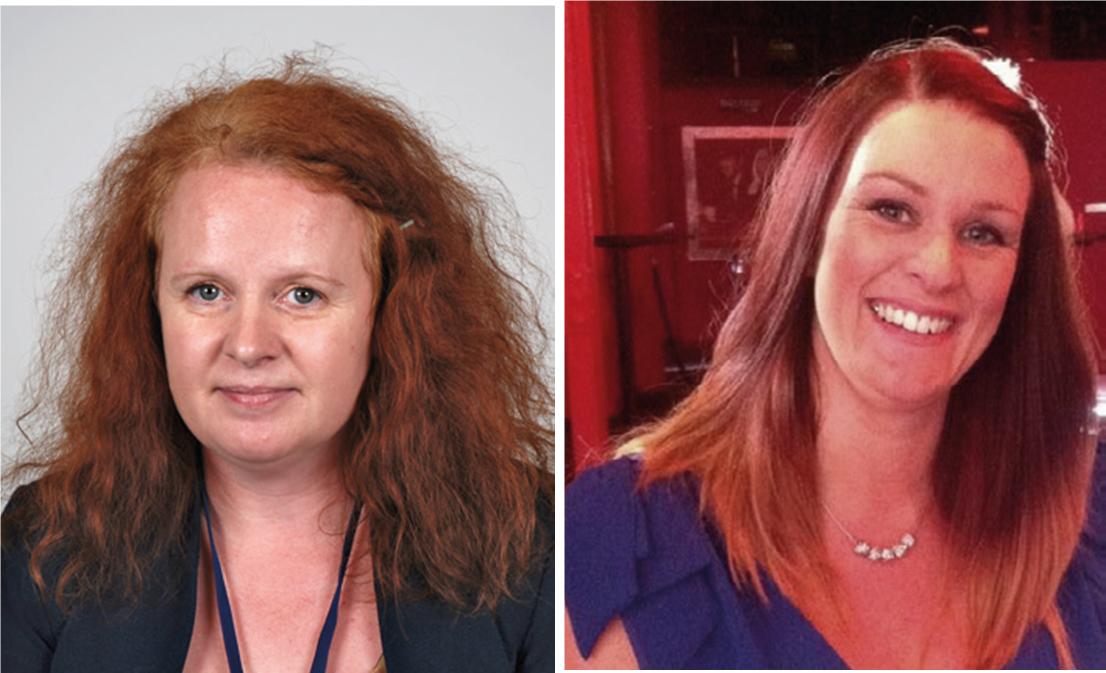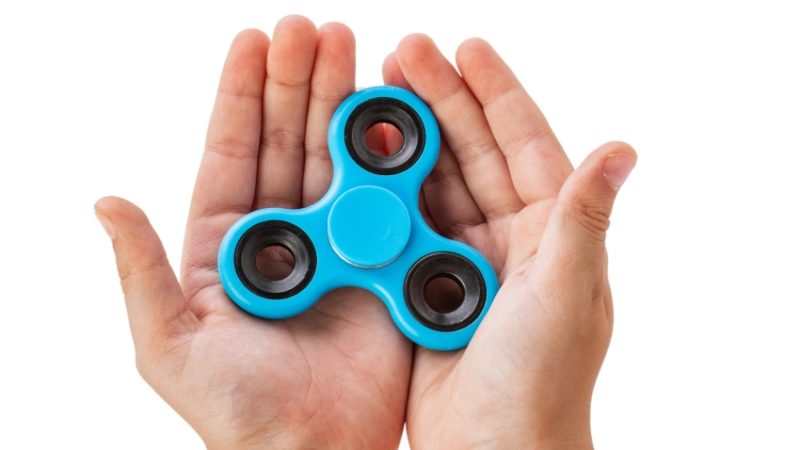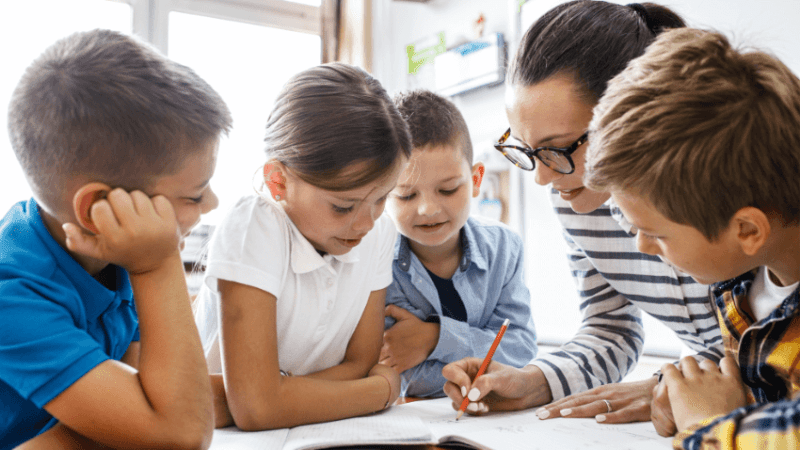Ports In A Storm – Sensory Spaces And How They Can Help

From calming children down to encouraging social interactions, sensory spaces have a range of uses. Sarah Martin-Denham and Clare Stewart look at what schools should do – and avoid – when putting one together…

When we talk about ‘sensory play’, we are referring to a range of activities which, broadly speaking, stimulate children’s senses, while at the same time helping them to engage with learning.
It’s important to note at the outset that sensory play – and the spaces it’s practised in – can support children with a wide range of needs, in both mainstream and alternative contexts. That makes sensory spaces a useful resource for all children.
The most effective sensory spaces stimulate visual, tactile and auditory senses. Teachers need to consider the influence of the learning environment on a child’s responses, such as the presence of other children and adults, the influence of light and other sounds. If teachers are unaware of these factors, the child may not be able to participate in learning, resulting in the teacher potentially viewing that child as disinterested.
It is important to note that regardless of whether or not the child has an identified need, it is the role of the school to ensure that they feel safe and secure, so that future learning may occur. Sensory spaces can therefore be a valuable resource for all children if effectively planned and resourced, with a shared and clear understanding of how and when it is to be used.
Bear in mind that when setting up a sensory space, you need to consider the amount of physical space available – not all classrooms will be able to accommodate a sensory area. If it is to be a separate space, you will need to think about staffing and who will be the named person to accompany the child there, as this should be consistent.
Sensory spaces in practice – a case study
A mainstream, primary-aged child was in the process of diagnosis for autism. The initial concerns were in relation to her ‘stimming’ (self-stimulatory behaviour), difficulties with social skills and lack of awareness when it came to others’ personal space.
The SENCO, class teacher and parents discussed how various classroom strategies and potential adaptations to the school and classroom environment could be used to reduce her anxieties, since she encountered challenges in communicating her thoughts and needs. The case study below details Clare Stewart’s approach to setting up different sensory spaces.
1. Sensory room
The child was in a small rural school and space was limited. It was not possible to create a sensory space within the classroom. The child was given a choice of three areas within the school that could serve as a sensory space, from which she chose a small room with a window that overlooked the allotment. The child and parents were consulted in the design of the space, and her special interest in maps, facts about different countries and LEGO were incorporated into the design.
The finished space included a suspended hammock that would allow the child to look at the wall maps under adjustable lighting. There was also access to an iPad and headphones for the child to self-select music.
In the room’s LEGO space, she could build a LEGO maze or dough print with LEGO as a means of self de-escalating. Also present were three glittering ‘calm down’ jars, each filled with a mixture of glue, glitter and warm water and containing a single LEGO minifig. The glitter solution mixes when the jars are shaken, and as it settles, the LEGO minifig appears. The process of the child shaking the jars allows them to achieve calm.
This approach provides both tactile input and proprioceptive feedback. The Autism Research Institute describes the proprioceptive system as a combination of muscles, joints, and tendons that provide a person with a subconscious awareness of their body position. When functioning well, it will allow you to sit properly in a chair and manage other fine and gross movements smoothly. It’s what also allows you to manipulate objects using fine motor movements, such as when writing with a pencil, using a spoon to drink soup and tying one’s laces.
It is crucial that the child has access to the room as soon as it is identified by them, or the adults around them, that they are becoming anxious.
2. Reading retreat
There was a need for a calm but stimulating area within the classroom that children could use to self regulate, so a story chair was created to serve as the area’s focal point. The chair was covered in a wide range of tactile scenes representing a range of stories. The intention was that children would sit on the chair and explore the different fabrics while reading.
3. Dark den
The ‘dark den’ was introduced to a child who became over stimulated by the lights and sounds in the classroom. A two person, pop-up tent was placed in a quiet area of the classroom and filled with cushions of varying textures, LED lights and ropelights. This was simple to set up, and the child was encouraged to access the dark den as and when needed.
If you plan to create something similar, be sure to check that is compatible with a small space.
4. LEGO therapy
To lead LEGO Therapy, you should read the evidencebased manual LEGO-Based Therapy, published by Jessica Kingsley (see tinyurl.com/legotherapy- manual). You then need to identify the children you feel would benefit from this type of therapy, which is generally recommended for children with ASD, social communication difficulties and anxietyrelated difficulties.
LEGO building can become a medium to encourage social development, if led correctly. The sessions should be timetabled weekly, with a maximum of three children.
The therapy format is that the children are allocated one of three jobs on rotation – builder, engineer and supplier. They follow a structured set of rules that supports participation, including turn taking, maintaining eye contact and using descriptive vocabulary.
Calming measures
Below are some of the different ways in which schools can provide calm and stimulating activities to children with SEN
Calming count box
Put cotton wool balls into an old tissue box and encourage the children to count them out and in.
Balloon tennis
Use fly swatters and balloons to develop gross motor skills, social interaction and co-ordination.
Discovery balls
Fill balloons with a variety of different tactile products such as rice, flour and beans – these can be used as stress relievers in a child’s hands.
Resistance game
Have two children sit on an old sheet or rug. Nominate one of them to be the ‘pulling partner’, who then has to hold the other with two hands and walk backwards, so that they slide across the floor. Once they have taken turns, they can then progress to going round obstacles. This activity is good for developing social skills and teamwork.
Lazy 8
Print off a large ‘8’ digit on a piece of paper. The child then draws round the number shape, breathing as they draw around the top and out again once they reach the bottom.
About the authors
Sarah Martin-Denham is a programme leader at the University of Sunderland and editor of Teaching Children and Young People with SEN and Disabilities, published by Sage. Clare Stewart is the designated SENCo at St Marys RC Primary, South Moor, County Durham












